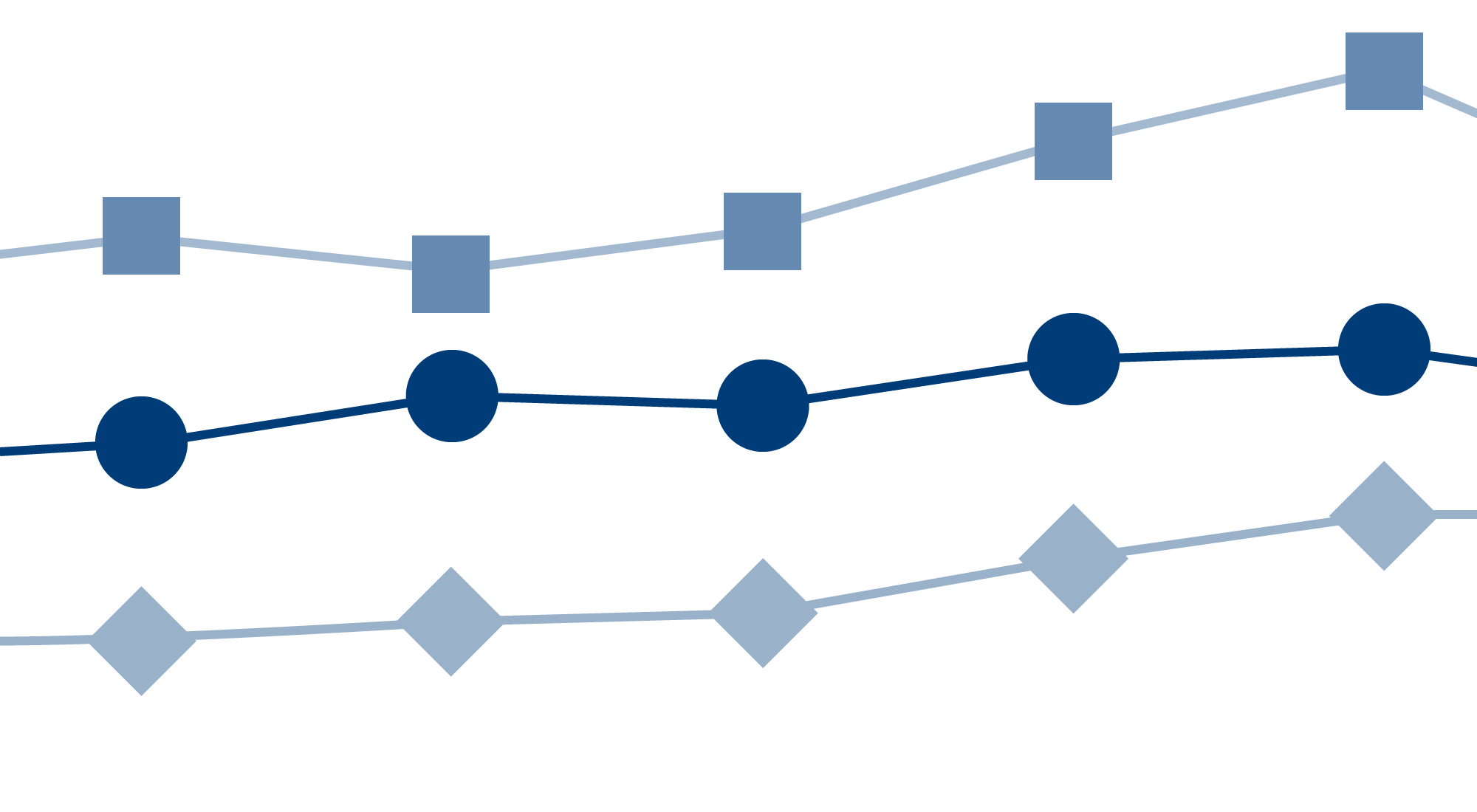Sickness absence

The development of mental health problems and absences in the healthcare and social welfare sector as well as in the art, culture and events sectors is similar to other sectors
The share of employees in the healthcare and social welfare sector as well as the art, culture and events sectors with recorded specialized health care appointments, sickness absences and disability pensions resulting from mental health diagnoses compared to other employees in 2010–2021.

Mental health in the healthcare and social welfare sector as well as in the art, culture and events sectors
Mental health diagnosis-based specialized health care appointments, sickness absences and disability pensions in employees in the healthcare and social welfare sector as well as in the art, culture and events sectors compared to other employees in 2010–2021

Sickness absence in Finnish municipalities
A set of indicators by the Finnish Institute of Occupational Health demonstrate the development of sickness absence in the 2000s

Sector-specific differences and similarities when studying short sickness absences
Long sickness absences have been studied widely, but there is little research data available on short sickness absences even though the impacts of short sickness absences on daily life, coping at work and expenses are significant.

Short sickness absences in different sectors
Respiratory diseases were the most common reason for short sickness absence in all of the six sectors studied. Browse and compare, for example, the second and third most common reasons for absences in different sectors and how they are distributed at an annual or weekly level.

Substitutes in the health and social services sector provide a stable labour reserve in exceptional circumstances
In 2017–2019, the short sickness absences of substitutes in the health and social services sector settled at the level of 3–5%. The year 2020 was exceptional as the number of short sickness absences of substitutes exceeded that of permanent employees.

Short sickness absences of substitutes in the health and social services sector
In 2017–2019, the short sickness absences of substitutes in the health and social services sector settled at the level of 3–5%. The year 2020 was exceptional as the number of short sickness absences of substitutes exceeded that of permanent employees.

Significant differences in sickness absences between occupational groups in the municipal sector during the first COVID-19 pandemic year.
In 2020, municipal employees were on average 16.7 days absent from work due to their own illness.

Work in the municipal sector and the impact of COVID-19 on work arrangements
Results of the Kunta10 study from the year 2020 according to effects of COVID-19
